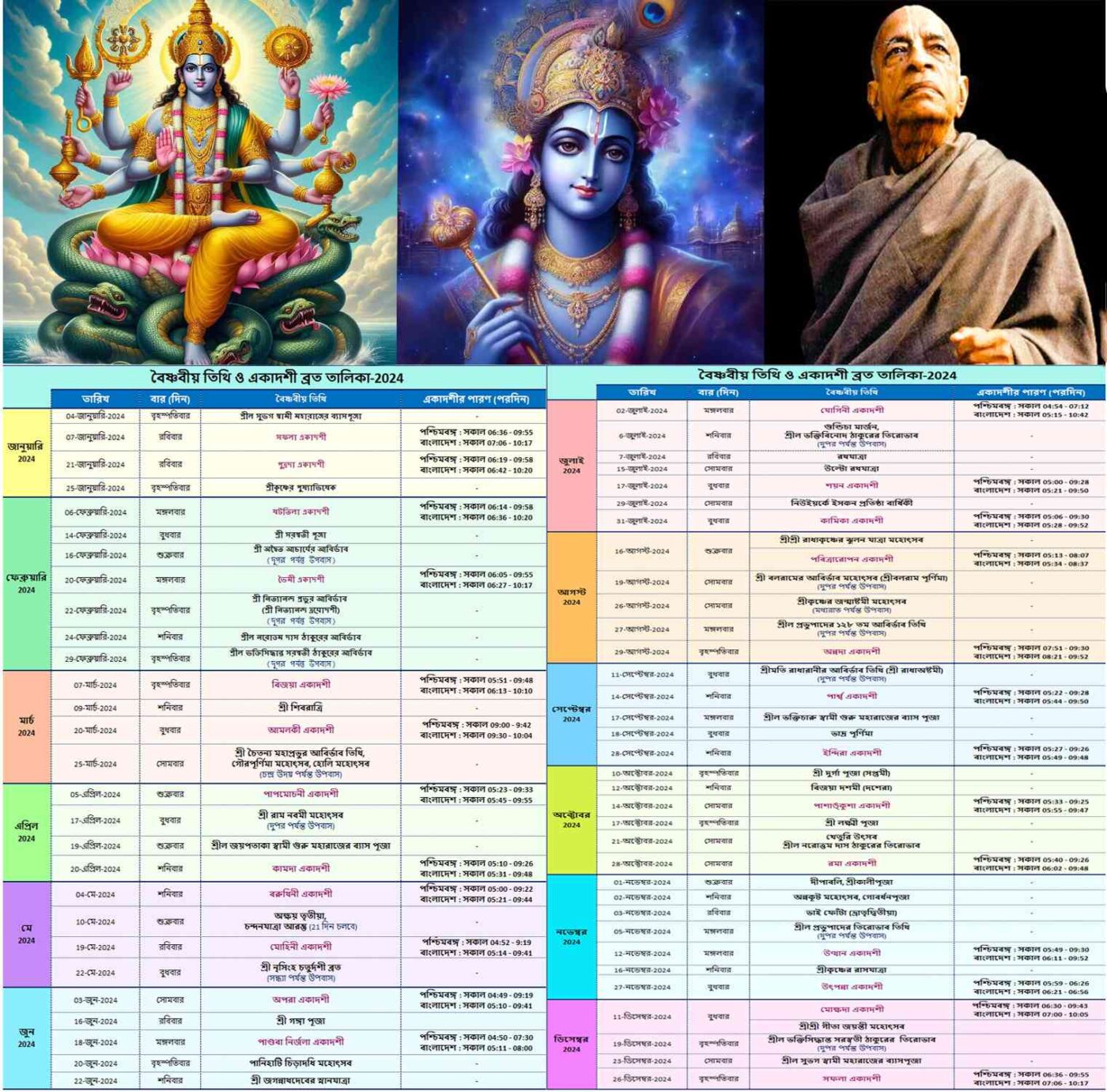In this tutorial, we had discussed the types of soil in West Bengal.
Due to the presence of a wide range of geographic and climatic variations in West Bengal, as a result, different types of vegetation are produced in the different type of soils. Department of Agriculture broadly categorized the soils into 6 groups on the basis of soil profile analysis.
1. Mountain and Forest Soil
2. Old Alluvium
3. New Alluvium
4. Red Soil
5. Laterite Soil
6. Saline Soil
I. TYPES OF SOIL IN WEST BENGAL
(01) MOUNTAIN AND FOREST SOIL
Mountain soil is found in the Northern region of West Bengal. This soil is formed by the process of weathering of igneous (hot, volcanic) and metamorphic (unstable) rocks. It is less fertile and productive, and black in colour. The soil is suitable for tea, oranges, pineapple, and pears cultivation.
Mountain soil is typically found at an altitude of 2550 m in Darjeeling and Kalimpong districts. The region below the mountains i.e. ‘the duars‘ are thick forests that contain forest soil. The forest soil basically has acidic humus and it has low base exchange capacity.
In some regions, especially in Jalpaiguri, Alipurduar, and Coochbehar districts, the forest soil is sandy and gravelly, much coarser than the soils of the plains. Forest soil is commonly known as Terai soil due to its presence in the Terai region.
(02) OLD ALLUVIUM
This soil is comparatively old in age, thus it derived its name ‘old alluvium’ and it is also commonly known as Bhangar. This soil is distributed in the northern region of the Ganga containing the districts of Eastern Birbhum, Uttar Dinajpur (North Dinajpur), Dakshin Dinajpur (South Dinajpur), Malda, and some parts of Murshidabad, Bankura, and Birbhum.
The soil in the Barind area of Bengal consists of quasi lateritic alluvium. This soil is clayey in texture, acidic in nature, rich in potash and phosphorus, and have a moderate amount of nitrogen and humus. It is suitable for cultivations of paddy, wheat, and sugarcane.
(03) NEW ALLUVIUM
This soil comparatively new than old alluvium and is mostly known as Khadar. The soil is generally sandy loam to clayey in texture. New alluvium soil is found in the plains of West Bengal, along the banks of the Bhagirathi river up to the mouth of the Hooghly river. Howrah, Murshidabad, Nadia, and North 24-Parganas districts consist of new alluvium soil.
This soil is very fertile in nature due to the presence of rich organic substances. Additionally, new organic materials are deposited during floods and make it more fertile. The new alluvium soil is rich in humus content, it has a high water-holding capacity, and is less acidic in nature. Thus it is suitable for cultivation of paddy, wheat and jute.
(04) RED SOIL
Due to the presence of ferrous oxide makes the soil red, reddish-brown, or red-black in colour. Red soil is mainly observed in the Bankura, Purba Bardhaman (East Bardhaman), Paschim Bardhaman (West Bardhaman), Birbhum, Midnapore, some regions of Malda, and Dinajpur districts.
This soil is poor in nitrogen and phosphate, but it has a high amount of potash and lime. Additionally, it has low water holding capacity. This soil is mildly acidic in nature and requires nitrogenous and phosphatic manuring. This soil is infertile in nature. Agriculture in this soil is executed with the help of irrigation. Paddy is the primary crop grown in this soil.
(05) LATERITE SOIL
The laterite soil is mainly found in the Western plateau region. It is red in colour. This soil is mainly observed in the districts of Birbhum, Purba Bardhaman (East Bardhaman), Paschim Bardhaman (West Bardhaman), Bankura, Purulia, Purba Medinipur (East Medinipur), Paschim Medinipur (West Medinipur), some areas of Barind and Mudhupur forest areas.
This soil is infertile in nature but little vegetation can be done with the help of proper irrigation. The laterite soil is primarily acidic and poor in organic matter, calcium, phosphates, and nitrogen. Soil erosion makes this soil infertile.
(06) CLAYEY SALINE SOIL
Clayey Saline Soil is found in the Southern part of South 24 Parganas and Midnapore especially Sundarbans and the coastal areas of the state. The soil is bluish in colour. It is highly acidic and has very loose particles due to an excessive amount of organic matter.
Due to the absence of essential nutrients and organic substances, this soil is not suitable for cereals crop cultivation. However, it is suitable for the cultivation of plantation crops such as coconut, betel nut, and watermelon. It remains wet and saline throughout the year.
II. SOIL EROSION IN WEST BENGAL
Soil erosion removes the upper layer of soil by different natural agents like wind, running water, flood etc. Additionally, there are many man-made factors that cause soil erosion such as deforestation, overgrazing, faulty ways of agriculture, shifting cultivation, etc.
In West Bengal, around 20% of the land is degraded due to soil erosion and declared unfit/unqualified for agriculture. Major causes of soil erosion and their preventive measures in West Bengal are described below:
(i) MOUNTAIN REGION OF NORTH BENGAL
Sloping topography and heavy rainfall measure heavy soil erosion in the districts of Alipurduar, Koch Bihar (Cooch Behar), Darjeeling, Jalpaiguri, and Kalimpong. Primarily landslides, deforestation, shifting cultivation, and excess siltation in mountain rivers increase the erosion of mountain and forest soil.
There are some preventive measures that include cultivation on the hill slopes and terrace farming afforestation.
(ii) PLAIN AREAS OF BENGAL
The main causes of soil erosion in delta plains of West Bengal measure faulty ways of cultivation, deforestation, annual floods, waterlogging, prolonged wet and dry spells of rainfall, etc.
This type of soil erosion affects the districts of Purba Medinipur (East Medinipur), Hooghly, Malda, Murshidabad, Nadia, Uttar Dinajpur (North Dinajpur) and Dakshin Dinajpur (South Dinajpur).
There are some preventive measures that include afforestation, construction of dams, strip cropping, creating shelter belts, contour ploughing in agriculture, etc.
(iii) WESTERN PLATEAU
The main causes of soil erosion in the Western plateau region of West Bengal measure poor water retention capacity of the soil, prolonged dry periods resulting in droughts, deforestation, overgrazing, leaching, and seasonal floods.
This type of soil erosion affects the districts of Bankura, Purba Bardhaman (East Bardhaman), Paschim Bardhaman (West Bardhaman), Paschim Medinipur (West Medinipur), and Purulia.
There are some preventive measures that include planting trees (silviculture), contour ploughing, strip cropping, the construction of dams making embankments, check dams, creating shelter belts etc.
(iv) COASTAL AREAS
The main causes of soil erosion in the coastal regions of West Bengal measure waterlogging, high salinity, very poor water retention capacity, tidal waves, coastal runoff, excess siltation of rivers etc.
This type of soil erosion affects the districts of Purba Medinipur (East Medinipur), Howrah, North 24 Parganas, South 24 Parganas, and some parts of Hooghly districts.
There are some preventive measures that include the construction of drainage canals, raising sea embankments, making sea dykes, planting trees (silviculture), etc.

Tutorial 11: Agriculture And Irrigation in West Bengal
Tutorial 10: National Parks And Wildlife Sanctuaries in West Bengal
Tutorial 07: Climate of West Bengal
Tutorial 06: Natural Vegetation of West Bengal
Tutorial 05: Geographical Features of West Bengal
Tutorial 04: Modern History of Bengal & Popular Movements
Tutorial 03: Medieval History of Bengal
Tutorial 02: Ancient History of West Bengal
Tutorial 01: West Bengal Basic Information





















You must be logged in to post a comment.